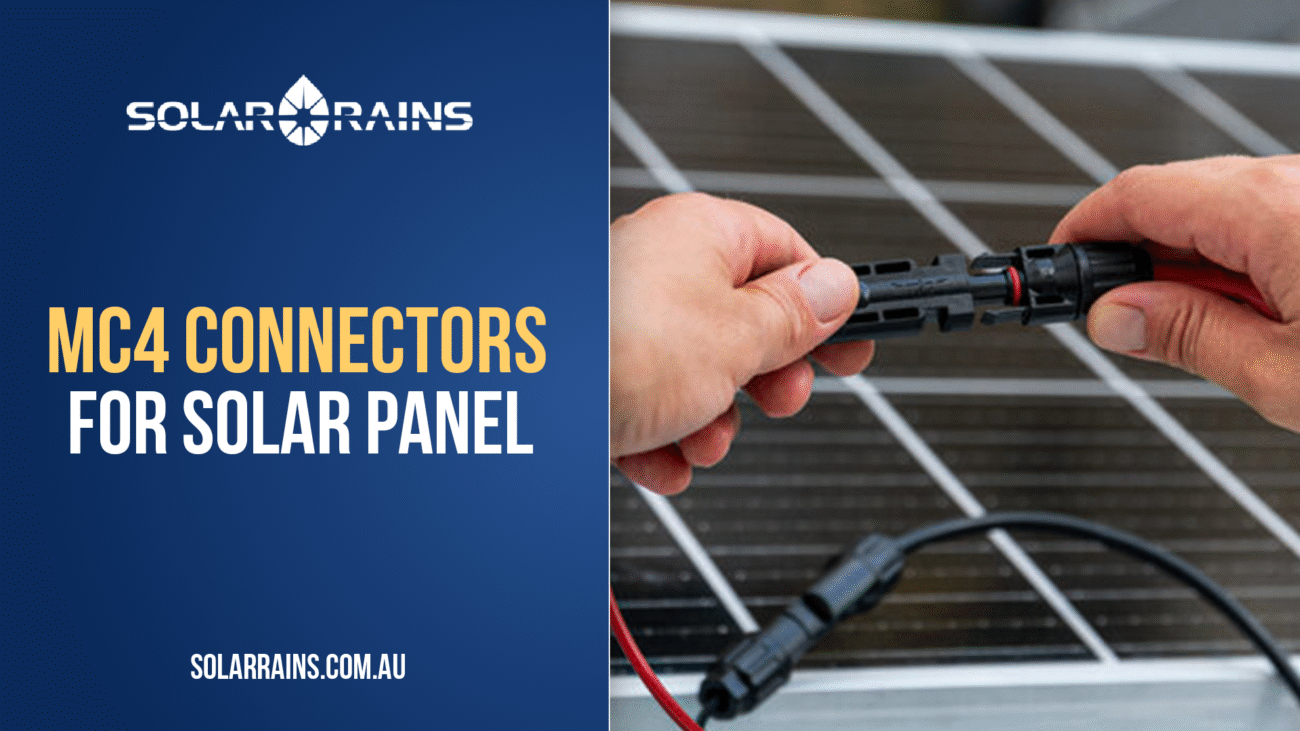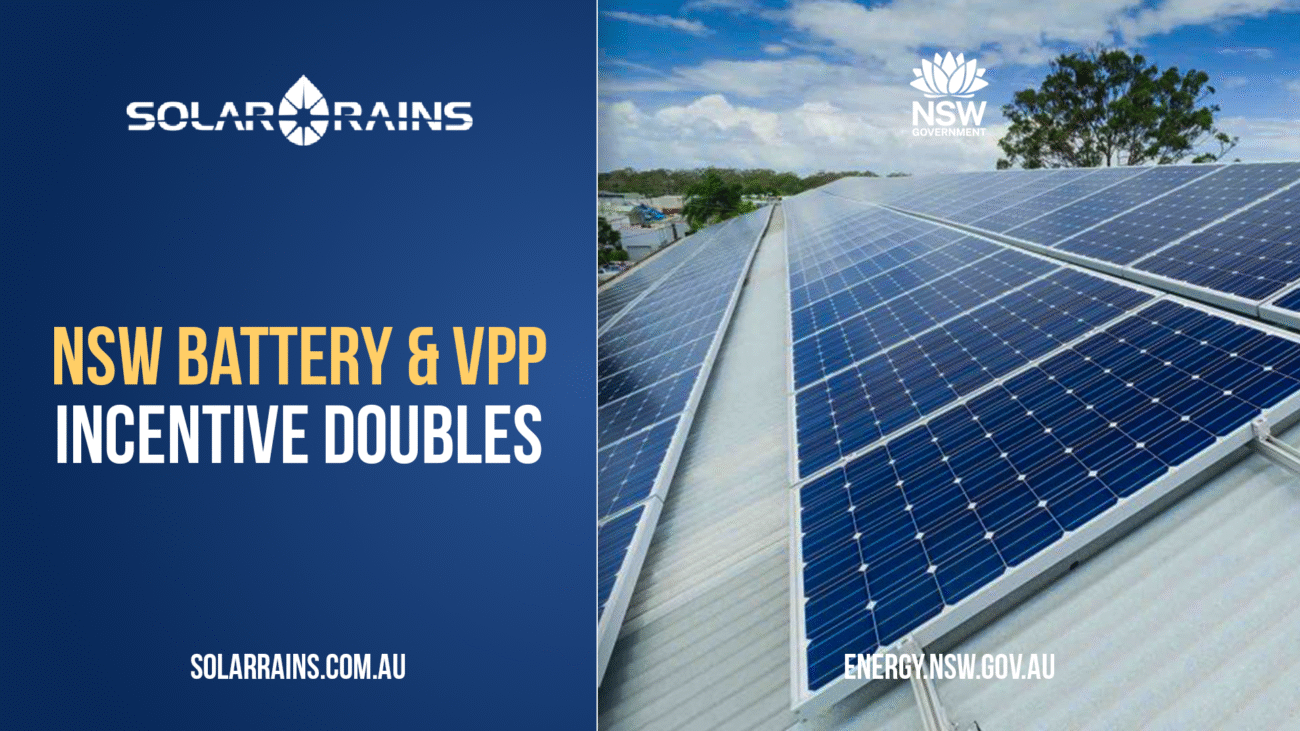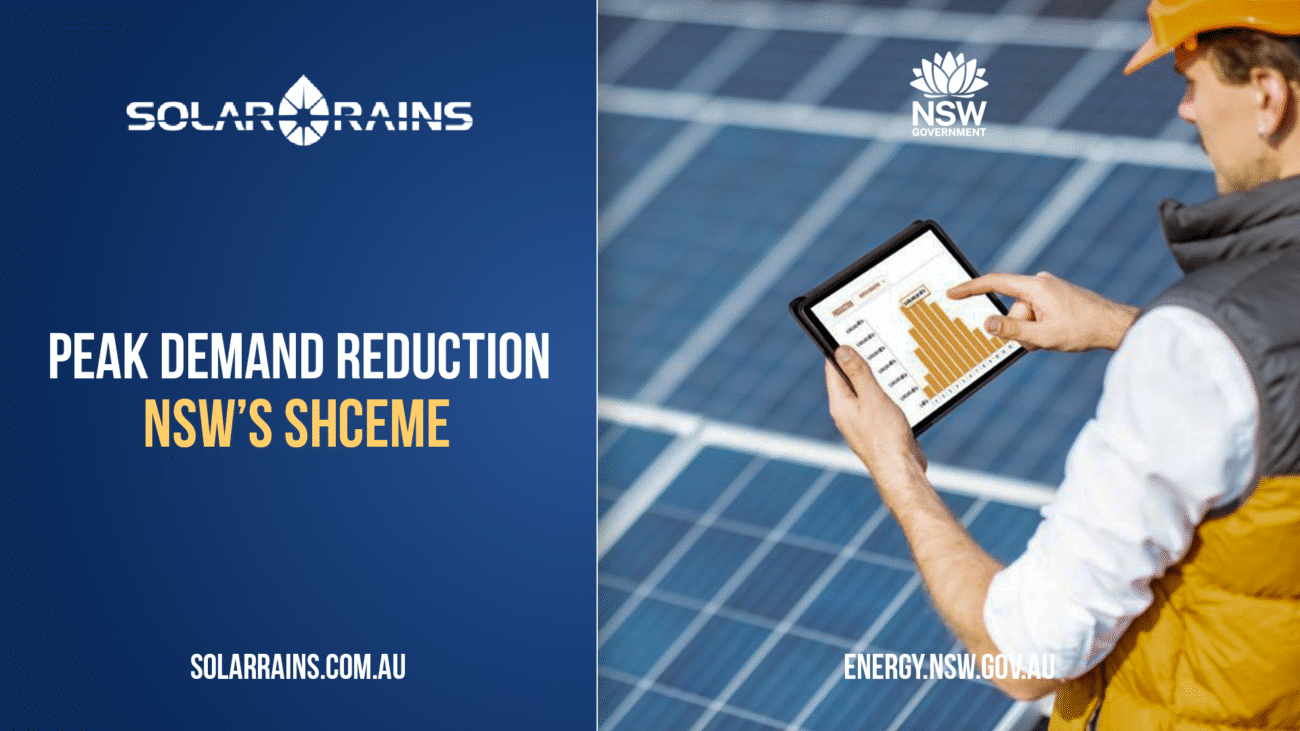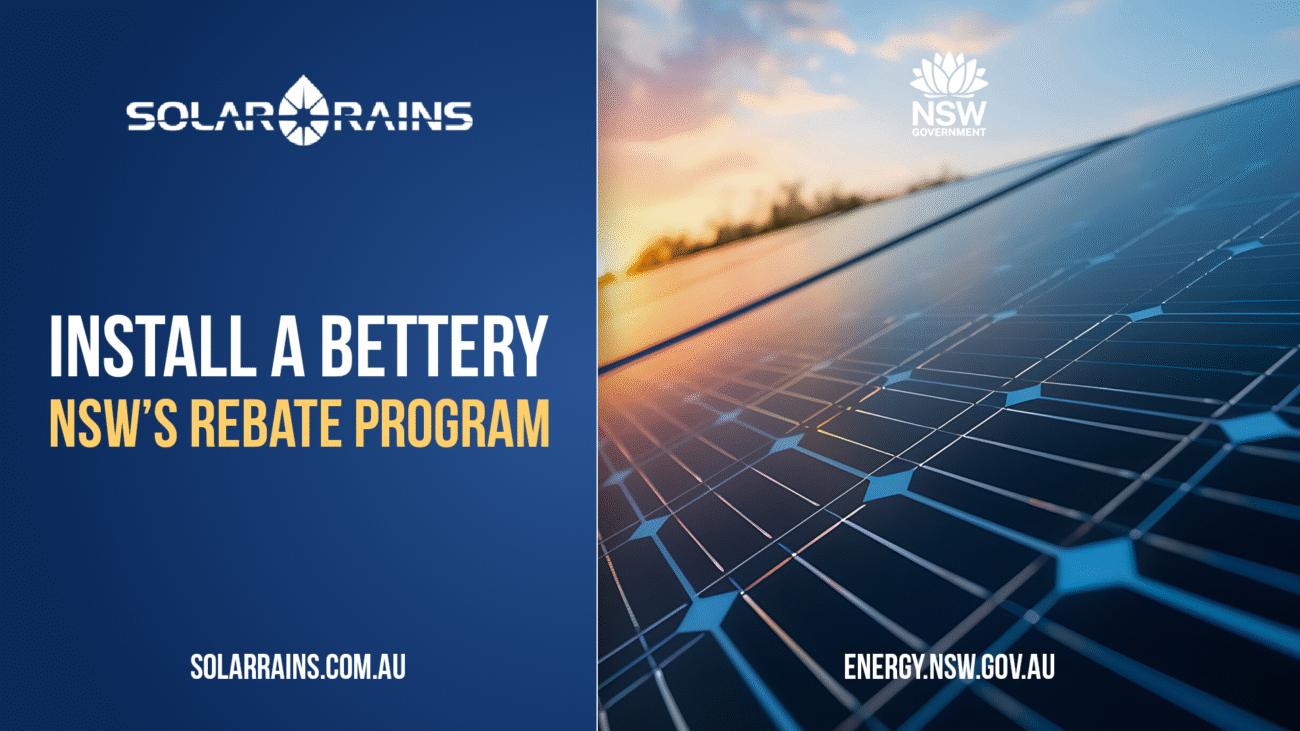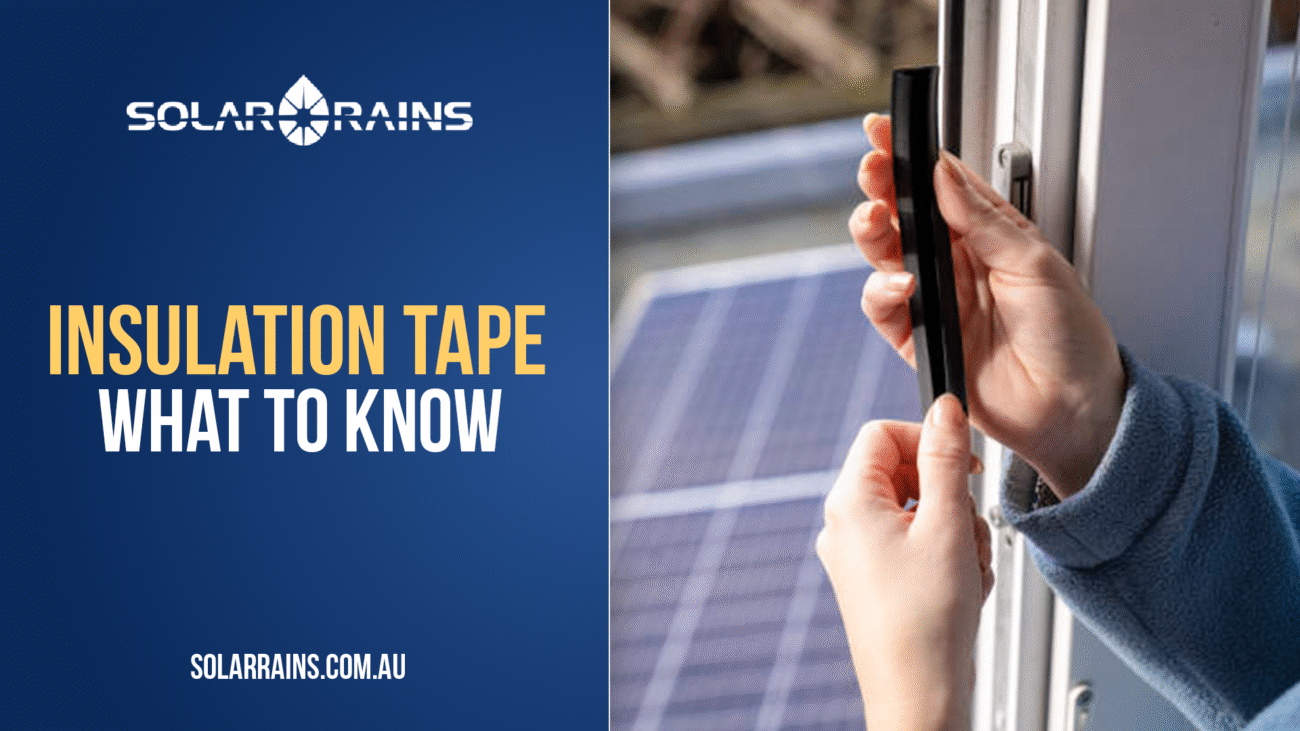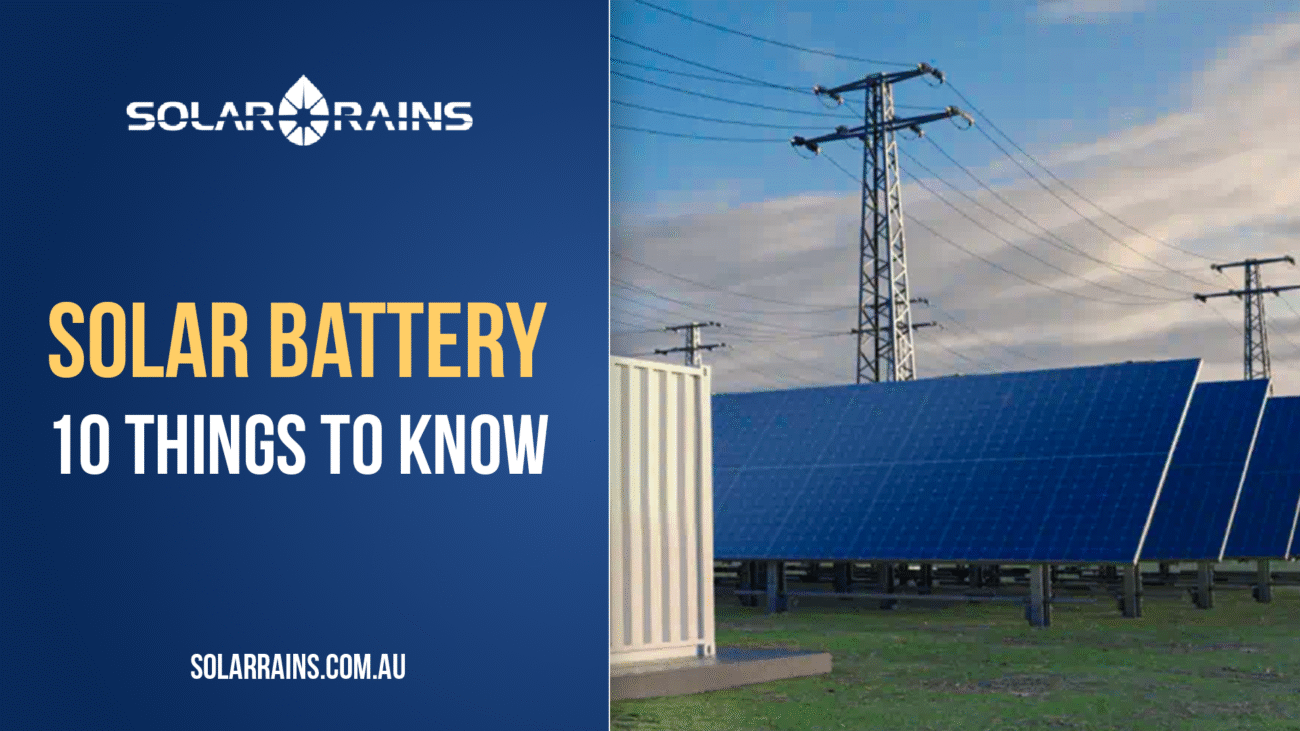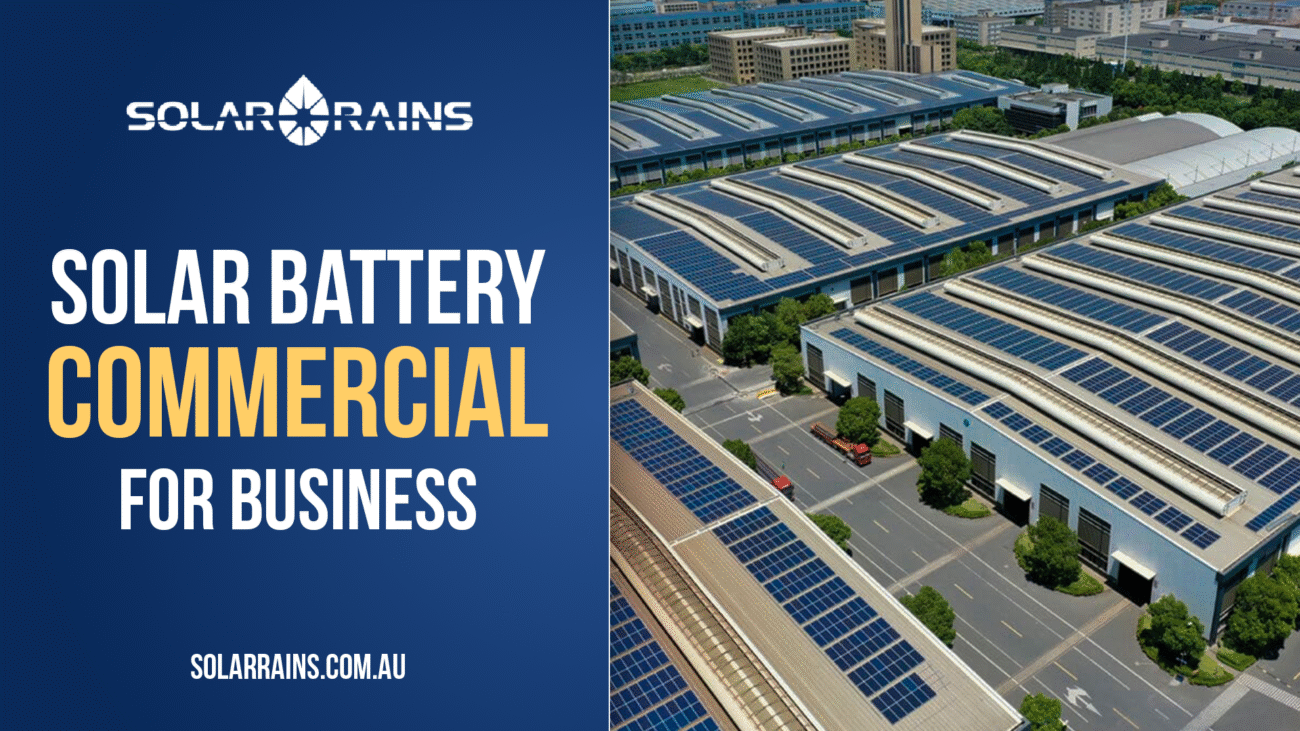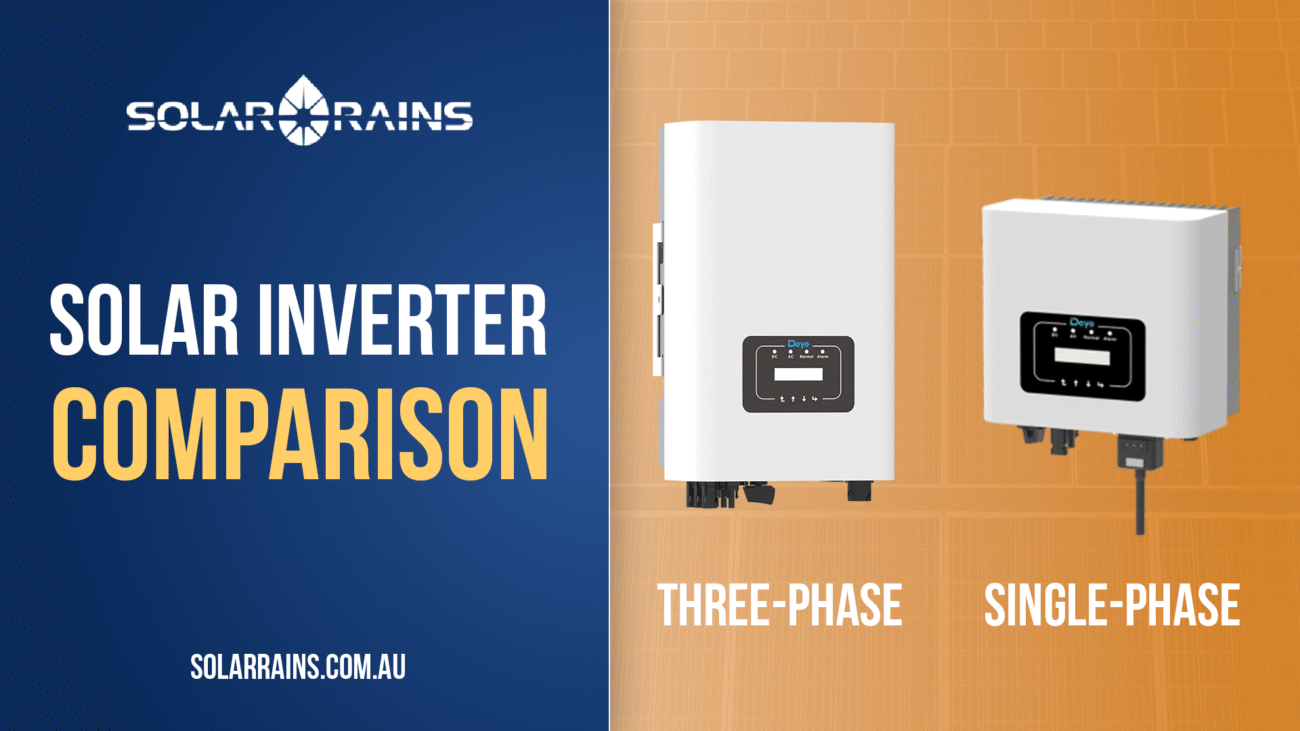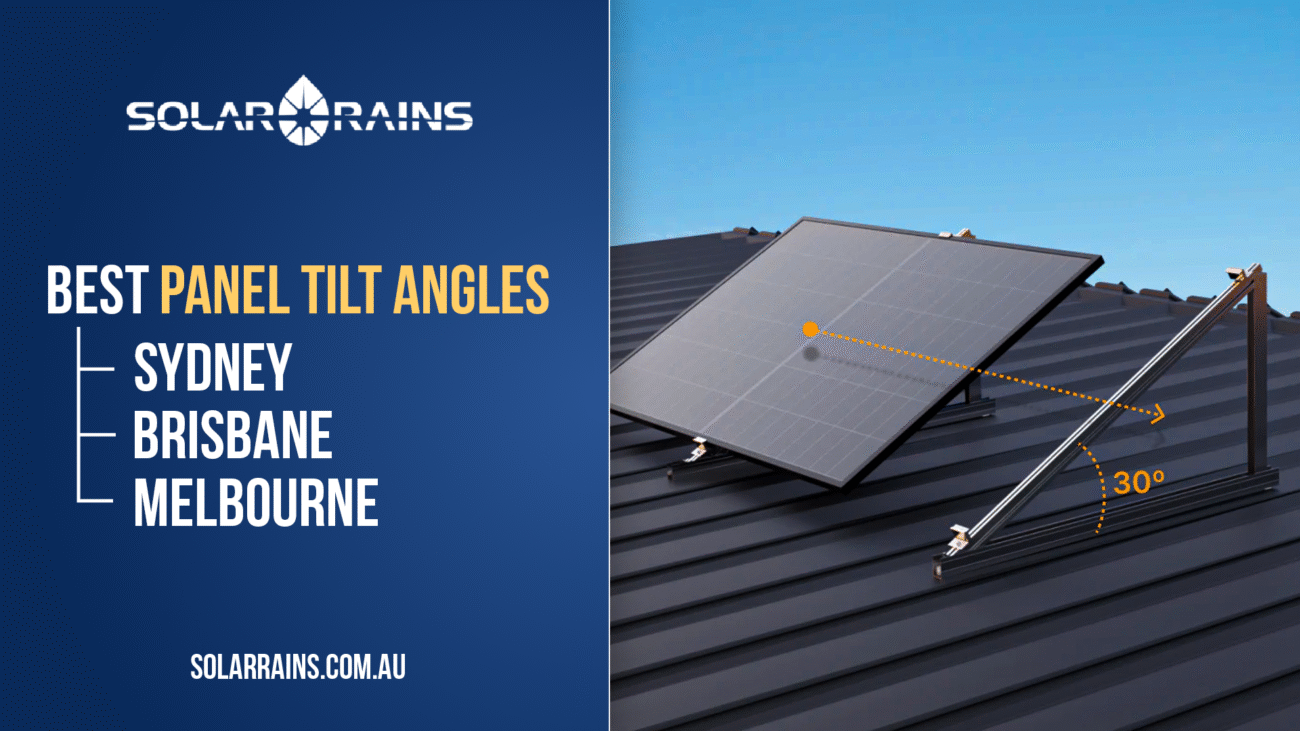MC4 connectors are a standard component in nearly all modern solar panel systems. Whether you’re managing a residential rooftop installation or deploying a large commercial array, ensuring safe and efficient connections with high-quality MC4 connectors is critical for system reliability and long-term performance.
In this guide, Solar Rains explains the role of MC4 connectors, how they work, how to install them properly, and why choosing certified brands like Staubli and Niu Power matters.
What Are MC4 Connectors?
MC4 connectors (Multi-Contact 4mm) are standardized, weatherproof, quick-connect electrical connectors used for solar PV systems. They are designed to snap together securely and handle high-voltage DC electricity safely.
These connectors allow solar panels to be wired in series or parallel, providing:
- Safe electrical connections
- Quick assembly/disassembly
- Long-term outdoor durability
Most panels and inverters on the Australian market now come MC4-compatible, making them an industry default.
Why MC4 Connectors Matter in Solar Systems
Whether you’re installing a 5kW home system or a 500kW commercial project, poor connections can cause major issues:
- Power loss due to resistance
- Risk of overheating and arcing
- Moisture ingress leading to corrosion
- System shutdown due to poor contact
Using certified MC4 connectors ensures optimal current flow, prevents voltage drops, and extends the life of your solar components—including residential batteries and commercial battery systems connected downstream.
Key Features of Quality MC4 Connectors
When sourcing connectors from reputable solar suppliers like Solar Rains, expect:
- IP67 Rating: Dustproof and waterproof for outdoor exposure.
- High Current Capacity: Typically supports up to 30A, ideal for both residential and commercial systems.
- UV Resistance: Long lifespan even in Australian sun.
- Locking Mechanism: Secure, tamper-proof snap fit.
- Certified Compliance: TUV, UL, and IEC 62852 standards.
Staubli MC4 connectors are the original patented version with unmatched reliability, while Niu Power offers affordable yet compliant alternatives suitable for smaller systems.
Step-by-Step Guide to Installing MC4 Connectors
1. Prepare the Cable
- Strip 7mm of insulation from the solar DC cable (typically 4mm² or 6mm²).
- Use only certified solar cable for UV resistance and voltage ratings.
2. Crimp the Contact Pin
- Use a solar cable crimping tool to attach the metal pin to the stripped wire.
- Ensure a firm, clean crimp—no frayed copper.
3. Insert into Connector Housing
- Push the crimped pin into the MC4 housing until it clicks.
- Pull slightly to ensure it’s locked in place.
4. Seal and Tighten
- Screw the back of the connector tightly using MC4 assembly spanners.
- Confirm the O-ring is in place to maintain IP67 waterproofing.
5. Connect Panels
- Match male and female ends and snap together.
- Ensure polarity is correct (positive to positive, negative to negative).
Common Installation Mistakes to Avoid
- Mixing Brands: Do not connect different MC4 brands; tolerances vary and may cause poor fits.
- Loose Crimping: Can lead to overheating or arcing.
- Over-tightening: Can damage O-rings or thread.
- No Dielectric Grease: In marine or corrosive zones, lack of protective grease shortens lifespan.
- Skipping Safety Checks: Use a multimeter to test polarity and voltage.
Comparing MC4 Connector Brands at Solar Rains
| Feature | Staubli MC4 (Original) | Niu Power MC4 (Budget Option) |
| Compliance | TUV, UL, IEC 62852 | IEC 62852 |
| Rated Current | Up to 30A | Up to 30A |
| UV & Flame Resistance | Excellent | Good |
| Warranty | 25 years | 10–15 years |
| Ideal Use | Commercial, utility-scale | Residential, budget-conscious users |
Explore certified connectors here:
FAQs
They allow safe, waterproof, and tool-free connections between solar modules. Their universal design simplifies installation and maintenance.
Technically yes, but it’s not recommended. Reusing may compromise waterproofing and electrical integrity. Always check manufacturer guidelines.
Yes, as long as the voltage and current match. MC4 connectors are used to link arrays to charge controllers, inverters, and residential or commercial batteries.
No. Tolerances differ and may not fit properly, leading to poor contact or even safety hazards.
Minimal. Check for physical damage and firm fit annually. Clean with a dry brush if dust accumulates. Do not use lubricant unless advised.
– MC4 crimping tool
– MC4 spanner (tightening wrench)
– Cable stripper
– Multimeter
Safety Considerations
- Always disconnect the string before working on connectors.
- Wear insulated gloves and safety glasses.
- Avoid working on wet panels or during daylight to prevent live current.
Conclusion & Key Takeaways
MC4 connectors may be small, but they’re vital for safe and efficient energy transmission in any solar system. Choosing high-quality components from trusted brands like Staubli or Niu Power ensures long-term durability—especially in Australia’s harsh climate.
Whether you’re upgrading a rooftop setup with a new residential battery or rolling out a large-scale commercial battery array, correct MC4 installation will make or break your performance and safety.
Ready to upgrade your solar setup?
Check out Solar Rains’ curated range of MC4 connectors & inline fuses or contact our technical team for help with choosing the right accessories for your system.

